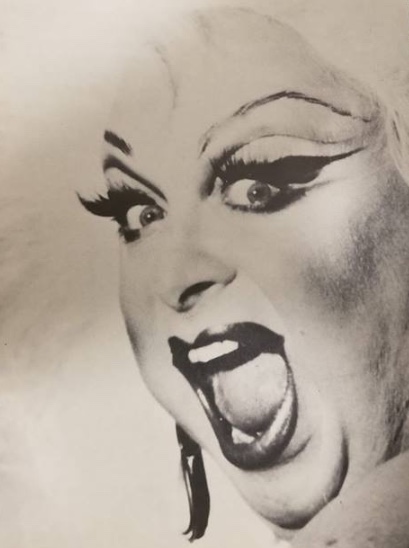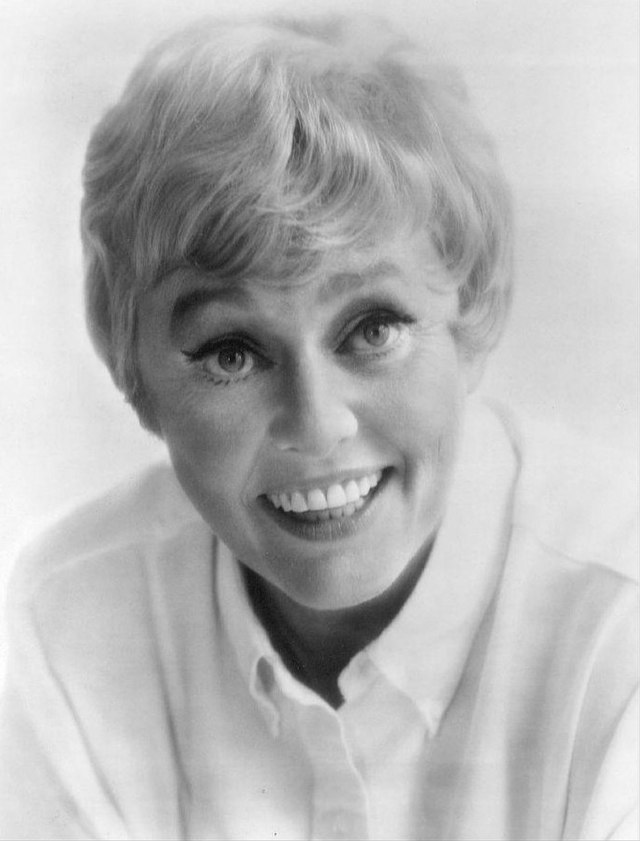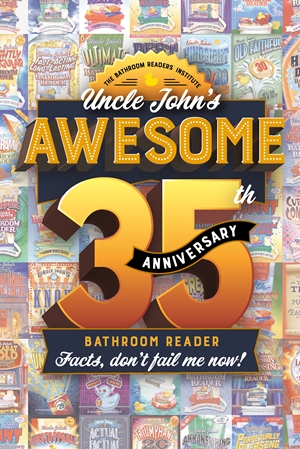Most Disney top-10 lists include The Little Mermaid…and it’s usually near the top. Here’s how a minor character in Hans Christian Andersen’s 1837 fairy tale became one of the most beloved villains in Disney’s history.
RETURN TO FORM
Walt Disney Animation Studios was reborn in the 1990s, thanks to Aladdin, Beauty and the Beast, The Lion King, Pocahontas, Mulan, and many others. The movie that kicked off this “Disney Renaissance” was 1989’s The Little Mermaid. “Here at last,” raved film critic Roger Ebert, “is the kind of liberating, original, joyful Disney animation,” that we all remember from Snow White, Pinocchio, and the other first-generation classics.”
That was good news for an animation studio mired in a decades-long slump that reached a low point after the 1985 flop The Black Cauldron. (It was their first PG-rated animated film and proved to be too dark, even for parents.)
So, for The Little Mermaid (which had been on Disney’s radar since the 1930s), new CEO Michael Eisner and chairman Jeffrey Katzenberg pulled out all the stops to recapture that first-generation magic. Take the villain, Ursula the Sea Witch, who tricks a little mermaid named Ariel into giving up her beautiful voice in exchange for legs. It took the cream of the crop of writers, directors, composers, and animators four years—not to mention an exhaustive search to find the right voice actor—to develop her. Here’s how Ursula came to be.
Find stories like this and more in Uncle John's Awesome 35th Anniversary Edition Bathroom Reader.
The Character
In 1985, screenwriters/directors Ron Clements and John Musker decided to base the movie’s villain on an unnamed Witch Queen from the original fairy tale. In early drafts, Ursula was a scheming manta ray inspired by Joan Collins, who played the scheming Alexis on the TV soap opera Dynasty.
The writing team of Howard Ashman and Alan Menken—known for their 1982 off-Broadway hit musical adaptation of Little Shop of Horrors—were hired to compose songs for the movie. They ended up writing most of Ursula’s dialogue, and Ashman became a coproducer for the entire film.
At first, Ashman lobbied for Collins to voice Ursula, but she wasn’t interested. As Ashman was looking at some other concept illustrations—drawn by Rob Minkoff (future Lion King director)—he skipped over the manta ray and instead honed in on a heavy-set woman with big hair, gobs of aquamarine eye makeup, and the body of a shark.

Ashman recognized her right away as having been inspired by Divine, a drag queen (real name: Glenn Milstead) during the 1970s and ’80s known for outrageous roles in several John Waters movies (Pink Flamingos, Polyester, Hairspray). Ashman came up in the same Baltimore-area gay scene as Divine, and he loved her for the part of Ursula. The animators started reviewing footage of the drag queen; she served as Menken and Ashman’s muse while they wrote the song “Poor Unfortunate Souls.”
For the final touch, storyboard artist Matthew O’Callaghan (future director of Curious George) had the idea to change Ursula from a shark to an octopus, which is how she ended up. (Though due to budget constraints, they could animate only six arms.)
The Voice
Divine herself might have voiced her undersea alter ego, but Milstead died in 1988. So Musker offered the part to Bea Arthur (Maude, The Golden Girls) because that’s who he had in mind while writing the character. But Arthur’s agent turned it down without even telling her about the “silly” role. Among others who auditioned: jazz singer Nancy Wilson, Nancy Marchand (Tony Soprano’s mother on The Sopranos), and Roseanne Barr.
The two finalists for Ursula’s voice came down to Charlotte Rae (Mrs. Garrett on The Facts of Life) and Broadway legend Elaine Stritch (Bus Stop, Company). Rae couldn’t hit all the notes, so Stritch got the role…and was fired a few weeks later for creative differences with Ashman. After months of casting, they were right back where they started.
Then they auditioned veteran TV and stage actress Pat Carroll (The Danny Thomas Show), who could sing so low she sometimes played men on stage. Unlike Stritch, who insisted on singing “Poor Unfortunate Souls” her own way, Carroll asked Ashman to sing it so that she could match his style (and steal some of his ad-libs, such as, “No more talking, singing, zzzip!”). Carroll even studied footage of Divine to mimic the drag queen’s trademark guttural growl.

Then, she added her own spin: “I saw [Ursula] as this ex-Shakespearean actress who now sold cars. The voice was very Shakespearean: ‘Hello, my dear! Oh, no, dahling.’…but the pitch was a used car salesman.”









